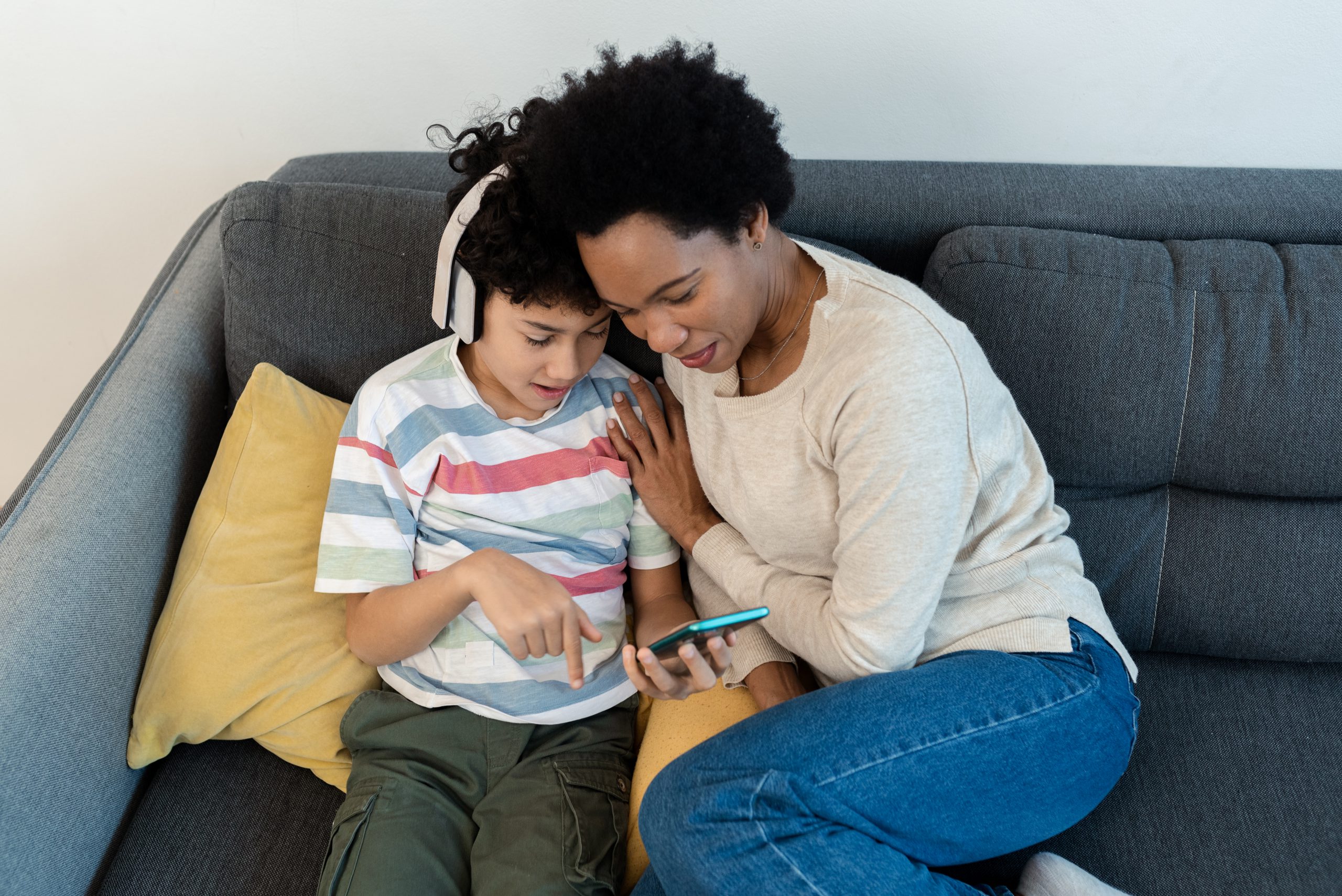In the day and age of social media, internet challenges are common occurrences and can be especially appealing to kids and teens. It is important to remind them that while these challenges may seem fun, they can also be dangerous.
There have been many challenges in the past on different social media platforms that kids, teens and even adults have taken too far. You might remember hearing about the Benadryl challenge, tide pod challenge or the blackout challenge. Many of these challenges that push the boundaries of what is safe have led to hospitalization, injuries and more.
Below are some tips on how to talk to your kids about social media and these challenges.

One Chip Challenge
As reported by WCCO, students from South View Middle School in Edina were recently treated at the school for attempting the One Chip Challenge, which was popularized through TikTok and YouTube. The challenge is to eat one tortilla chip that was made with Carolina Reaper and scorpion peppers, and the person that waits the longest before drinking water or milk wins.
In this case, some students experienced pain in the eye after being exposed to the chip dust and others experienced difficulty breathing. An ambulance was called but no one was transported to a hospital. Fortunately, this particular challenge did not cause any long-term problems for the students who participated, but other challenges have resulted in serious injury or poisoning.
What to do if your child is feeling unwell
If you think your child is feeling or looking sick due to a challenge, contact poison control at 1-800-222-1222 or online, call 9-1-1- or seek medical attention immediately.
Talking to your kids about social media challenges and trends
There is no denying that social media can be an amazing tool for learning and making connections, but it can also be frustrating for parents because of the uncertainty about what kids might be exposed to. Here are some tips on how to talk to your kids and teens about the trends they see on social media.

Be proactive
It can be hard to keep up with all the challenges and trends that are circulating online, but one way to keep up with what your child is seeing is simply by asking them. Below are a few example questions that you can ask to get the conversation going:
- Are there any challenges going around on social media?
- What kind of content and videos are your favorite to watch?
- Who are some of your favorite YouTube or TikTok creators? What are their videos about?
You can also sit down with your child and watch their “for you” page on TikTok or recommended videos on YouTube. The recommended content for your child or teen is likely very different than what shows up on your own social media channels, and watching together can give you and your child a chance to talk social media trends.
Some challenges are typically done by adults before they reach children. If you see a new challenge that has become popular among adults, take the initiative to talk to your child about the challenge. Ask if they have seen it and what they think about it. This is also the perfect opportunity to talk about the possible consequences of that challenge.
- Find more tips on this from Healthy Children, powered by the American Academy of Pediatrics (AAP).
Keep an open dialogue
In general, it is important to keep an open dialogue between you and your child about social media. New trends pop up all the time! It is important to make sure teens feel comfortable talking to you about trends they see online, and should ask questions if they don’t understand what they are seeing.
Social media challenges can be dangerous, especially for teenagers. Teenage brains are developmentally primed to seek adventure and risk-taking, which can make social media challenges all the more appealing. Like adults, teens may struggle to identify information that is false or misleading.
Discuss with kids and teens the risks of misinformation online and how to identify credible sources. Plus, encouraging your kids to talk to you about the content or videos they want to try could be one way to stop them before they try a dangerous challenge.
Set social media expectations
Setting social media expectations is a good way to keep your children safe and prepare them for living in a world where everything is digital. Below are some useful and popular expectations:
- Depending on how old you child is, turning on parental control can be an easy way of making sure your child is seeing kid appropriate content. However, don’t trust parental controls alone – it is still important to monitor social media content.
- Limit when your child can use their phone or is on social media.
- Consider setting a social media contract or set of shared expectations around social media use. For example, social media and screen time should not be used during meals or around bedtime.
- Make sure your child knows to tell you when they receive a message that makes them feel uncomfortable (these can be messages can be from peers or people they don’t know).
- Turn off electronics at least 30-60 minutes before bedtime to not disrupt their sleeping routine.
These expectations will need to be updated as your child gets older and gains more independence. Allowing your child to have a say will build trust in your relationship with them.
Discuss mental health concerns and social media
There is no denying social media has had an impact on kids’ and teens’ mental health. For example, how much weight a ‘like’ carries or the unrealistic comparisons to others. Dr. Katy Miller, adolescent health specialist at Children’s Minnesota, explains some of the key mental health concerns tied to social media in this blog.